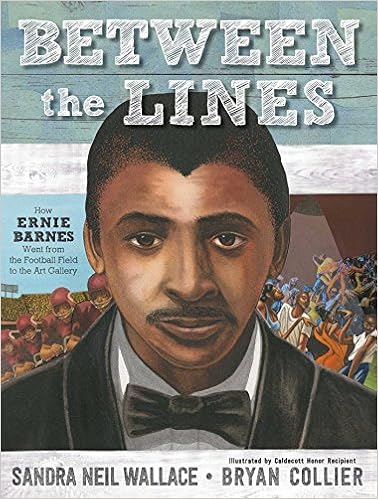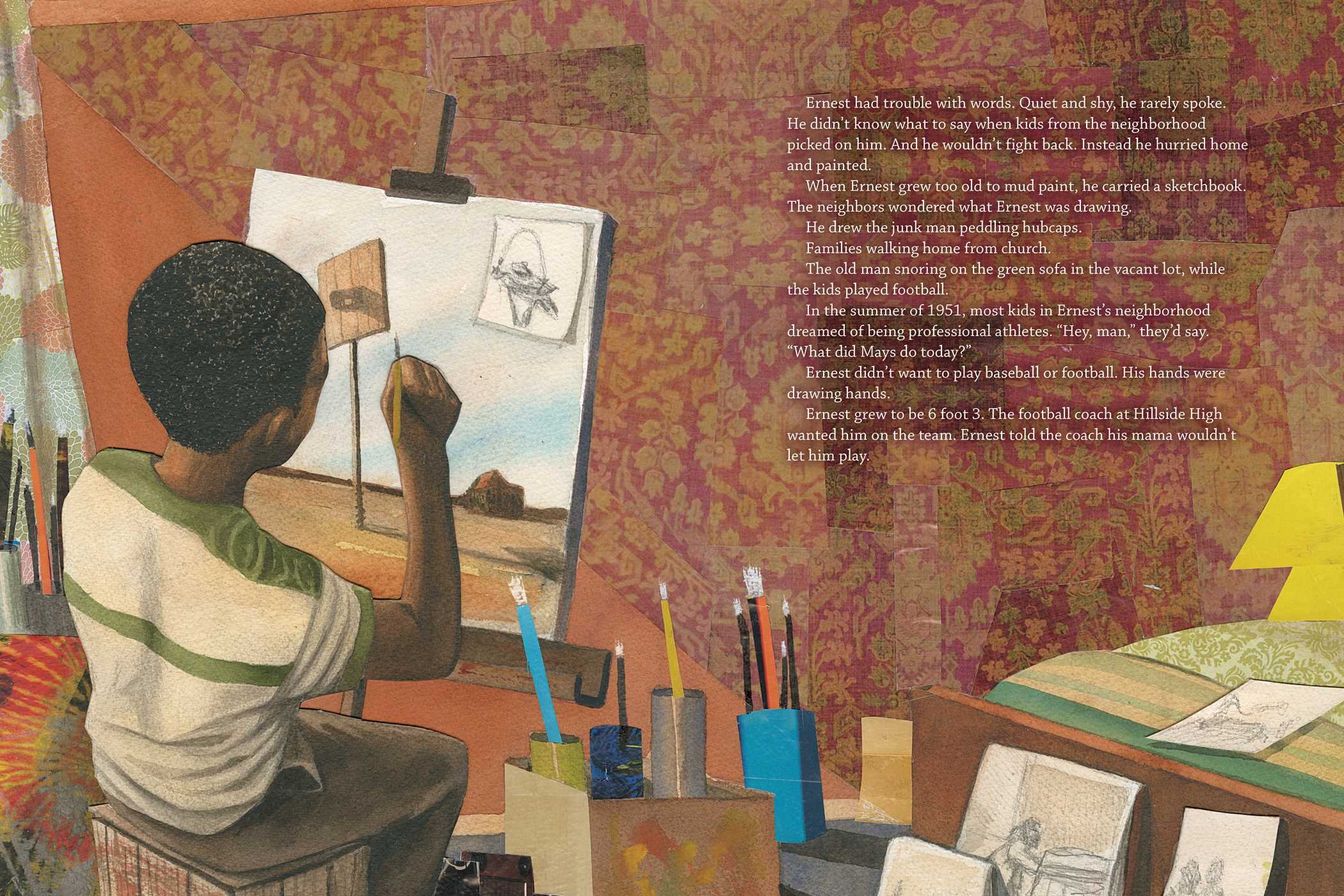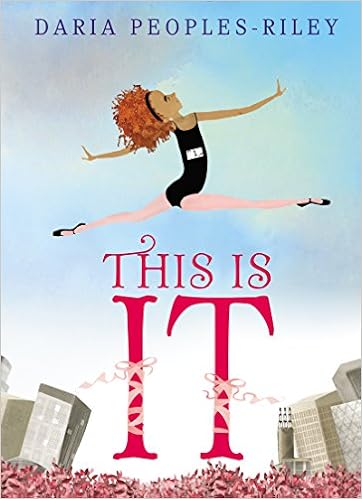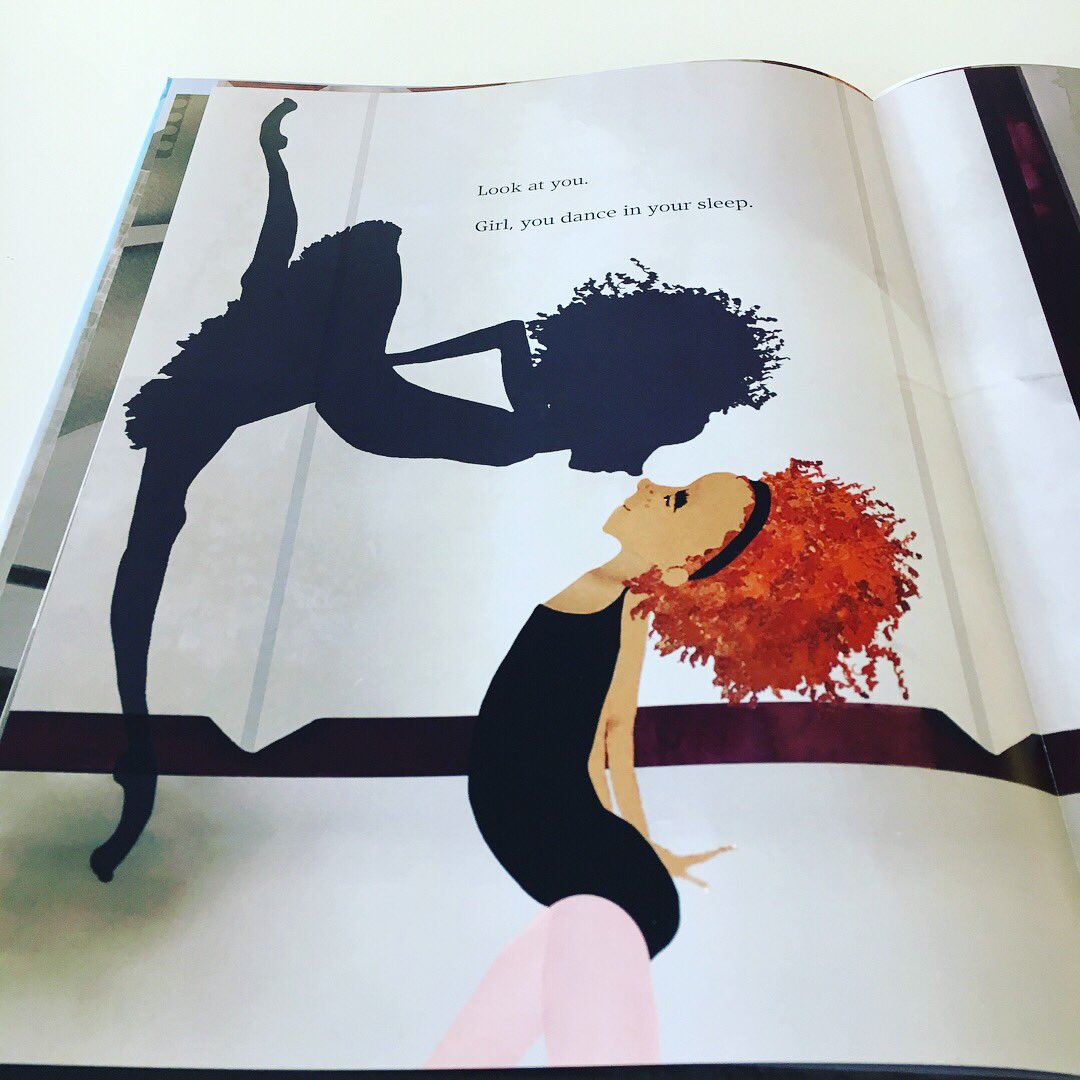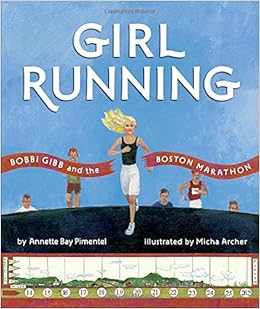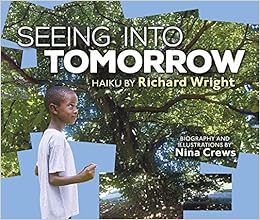Published by Orchard Books
Summary: Some people collect stamps or coins, but Jerome collects words. He loves the sight and sound of them. His collection consists of scrapbooks, in which his words are arranged by category (“Dreamy”, “Scientific”, “Action”). One day, though, he slips, and his words go flying. They’re all mixed together, and Jerome discovers he likes them even better that way. Putting unlikely words together results in poetry; simple words like “sorry” and “thank you” are surprisingly powerful. At last, Jerome gathers all his words into one big bag, and scatters them into the wind; then enjoys the sight of children running around gathering up his words. The final endpapers offer this advice from the author: “Reach for your own words. Tell the world who you are and how you will make it better.” 40 pages; ages 4-8.
Pros: This could be used in a variety of ways in an ELA curriculum: vocabulary and poetry come to mind, and I’m sure there are others.
Cons: The final scattering of words seems pretty messy.
If you would like to buy this book on Amazon, click here.


